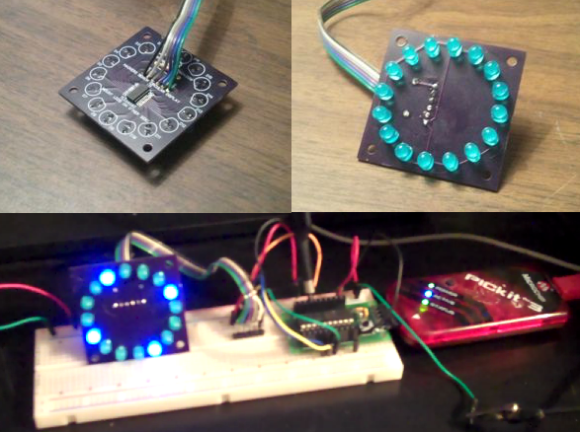Here’s a story that made us feel all warm and tingly on the inside. [Evan Kuester] is currently studying his Masters in Architecture with a specialty in digital fabrication. His program has access to some nice 3D printers, and he was itching for a good project to use them for. Why not a 3D printed prosthetic hand?
He got the idea after noticing a fellow student on campus who was missing her left hand, and did not have any kind of prosthetic. Eventually he worked up the nerve to introduce himself to her and explain his crazy idea. She thought it was brilliant.
Using Rhino, [Evan] began modeling the prosthetic hand using a plugin called Grasshopper. He wanted the hand to be functional as well as aesthetically pleasing, so he spent quite a while working with [Ivania] to make it just right. His first prototype, the Ivania 1.0 wasn’t quite what he imagined, so he redesigned it to what you see above. It’s a beautiful mixture of engineering and art, but unfortunately the fingers don’t move — perhaps an improvement for version 3.0? Regardless of functionality, [Ivania] loves it.
Oh, and [Evan] and [Ivania] are close friends now — in case you were wondering.


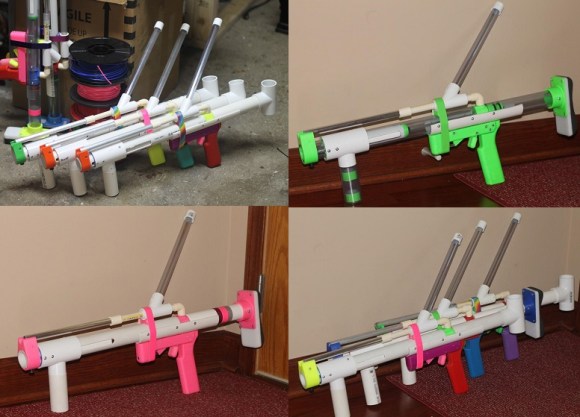


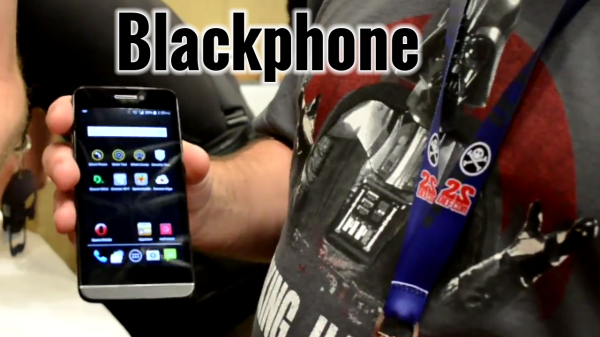

 The project featured in this post is
The project featured in this post is 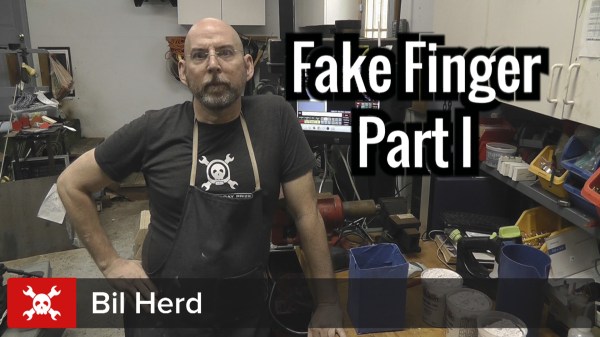
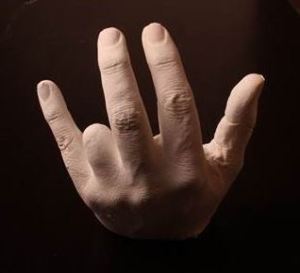 A few seconds make an incredible differences in people’s lives. Knowing that it couldn’t be undone, I stayed relaxed and in the end I have to say I had a good time that day as I worked my way through the system (I ended up in a Philadelphia trauma center with a nearby hand specialist) as I was usually the funniest guy in the room. Truth be told they ask incredibly straight questions like”are you right handed?” “Well I am NOW”.
A few seconds make an incredible differences in people’s lives. Knowing that it couldn’t be undone, I stayed relaxed and in the end I have to say I had a good time that day as I worked my way through the system (I ended up in a Philadelphia trauma center with a nearby hand specialist) as I was usually the funniest guy in the room. Truth be told they ask incredibly straight questions like”are you right handed?” “Well I am NOW”.